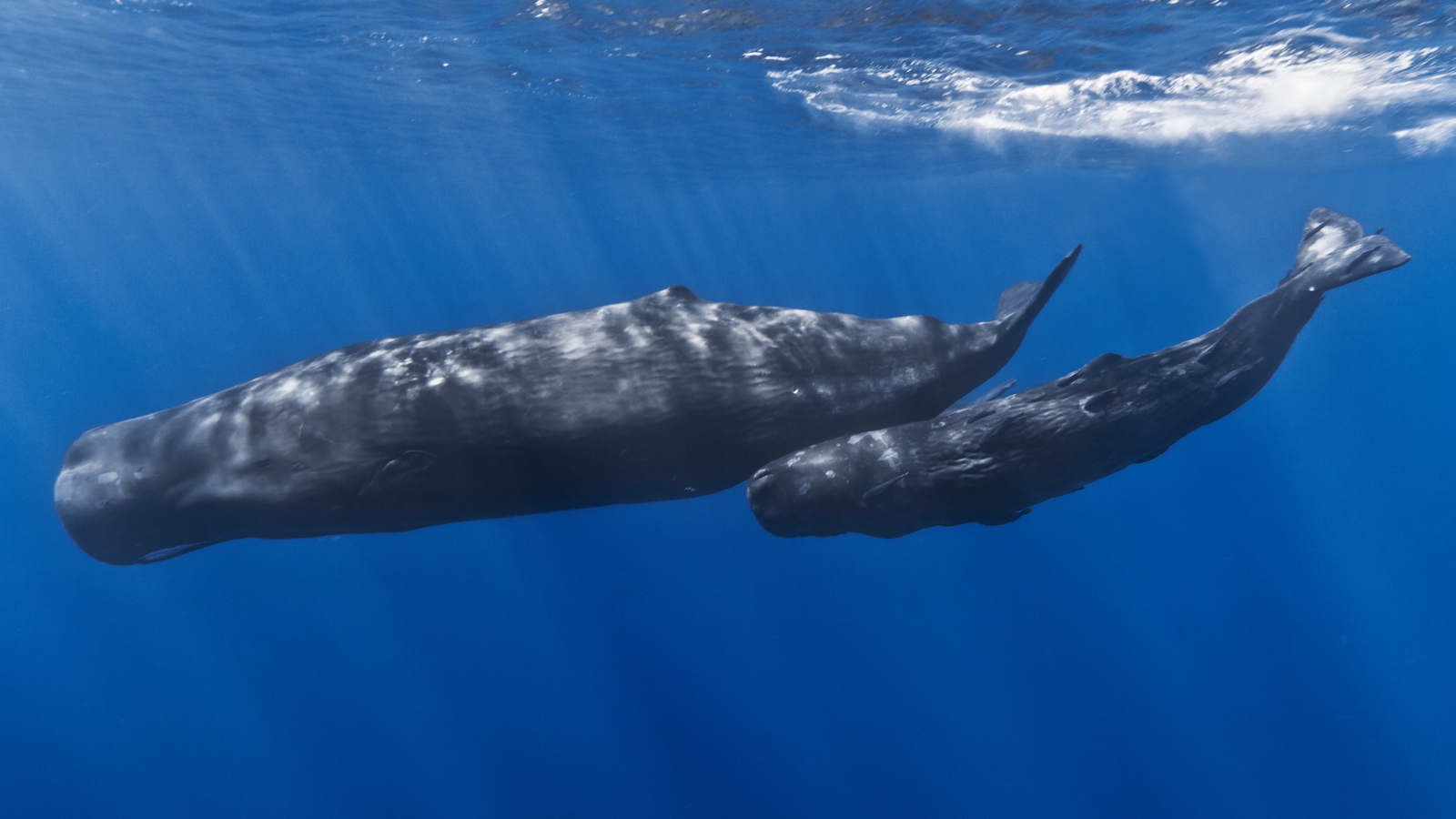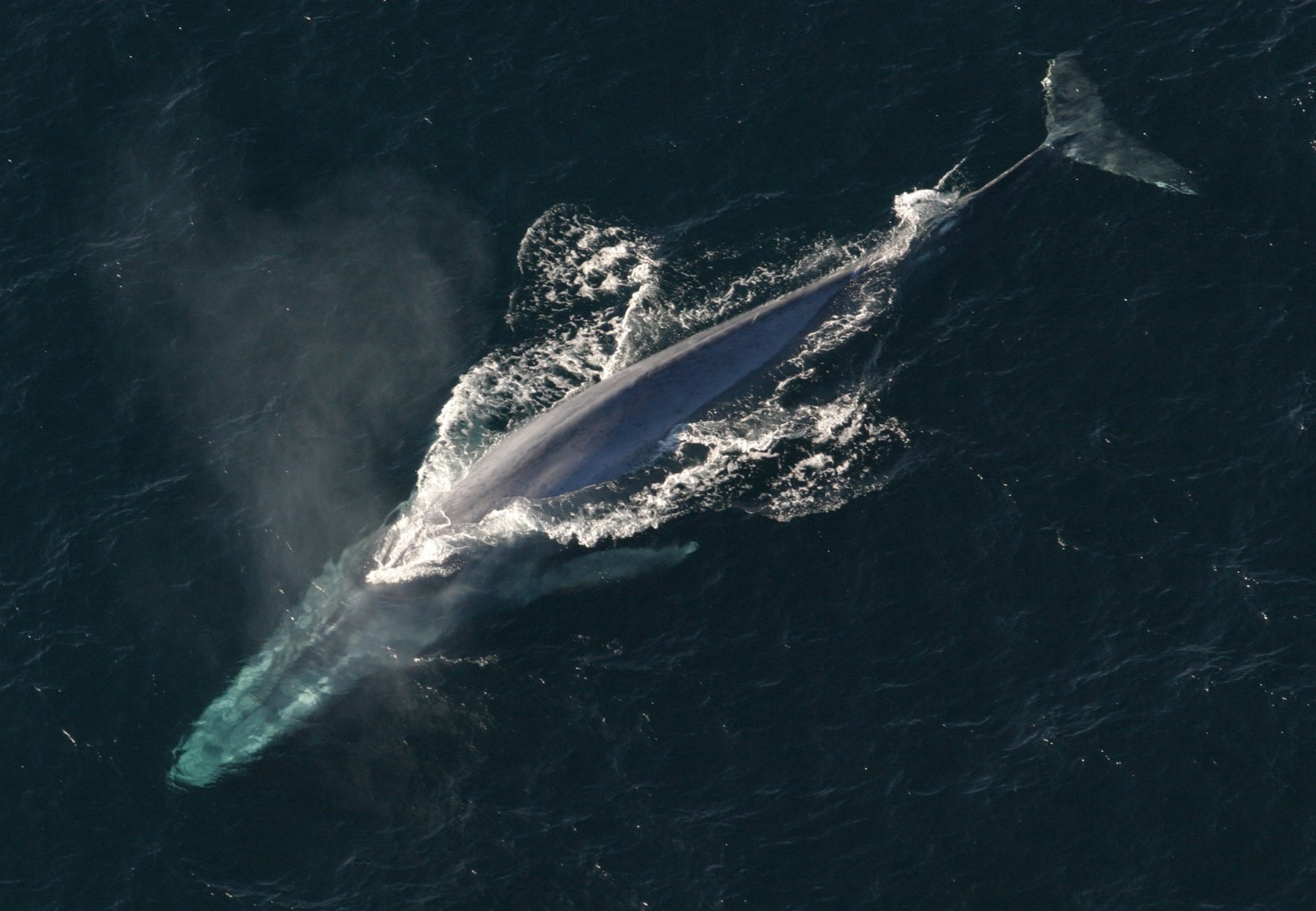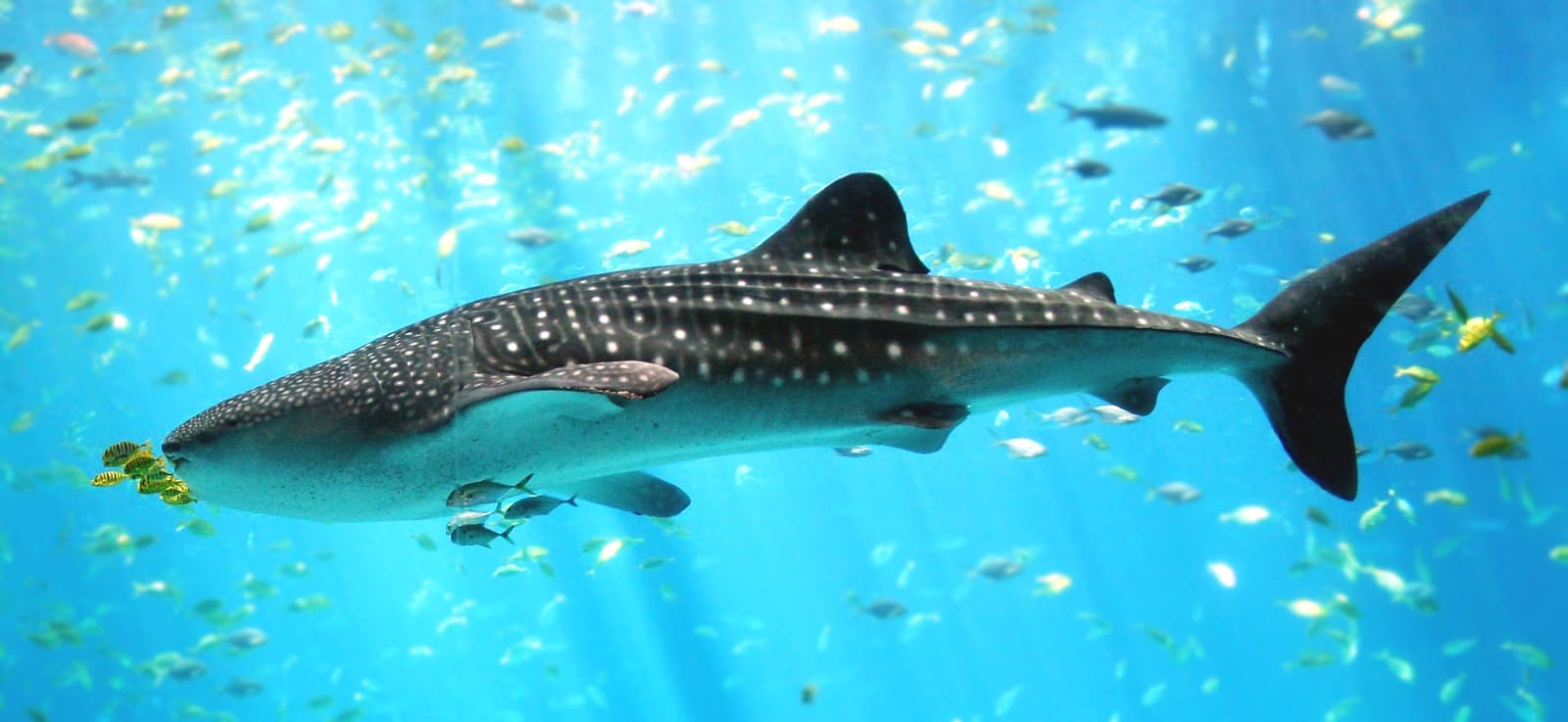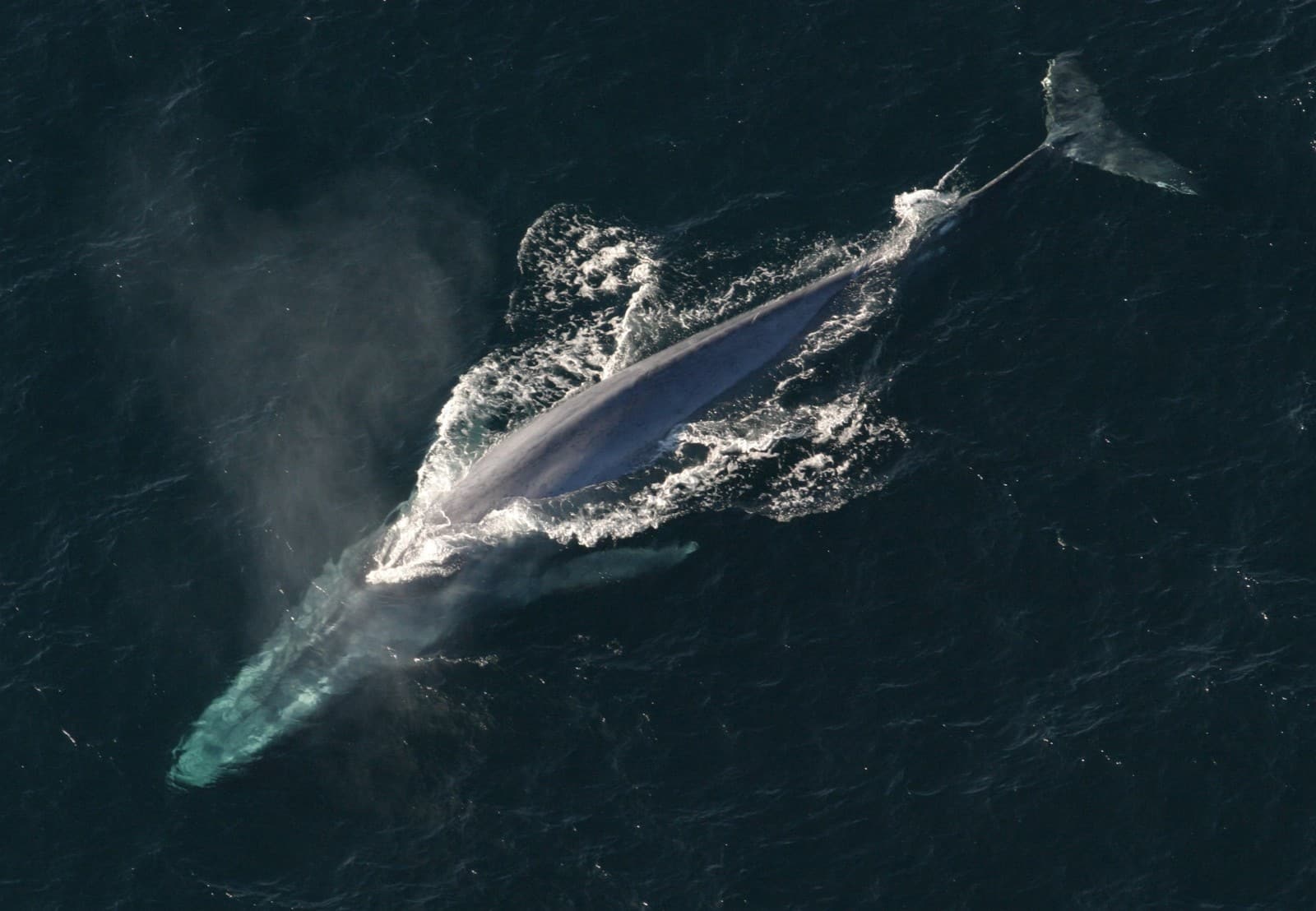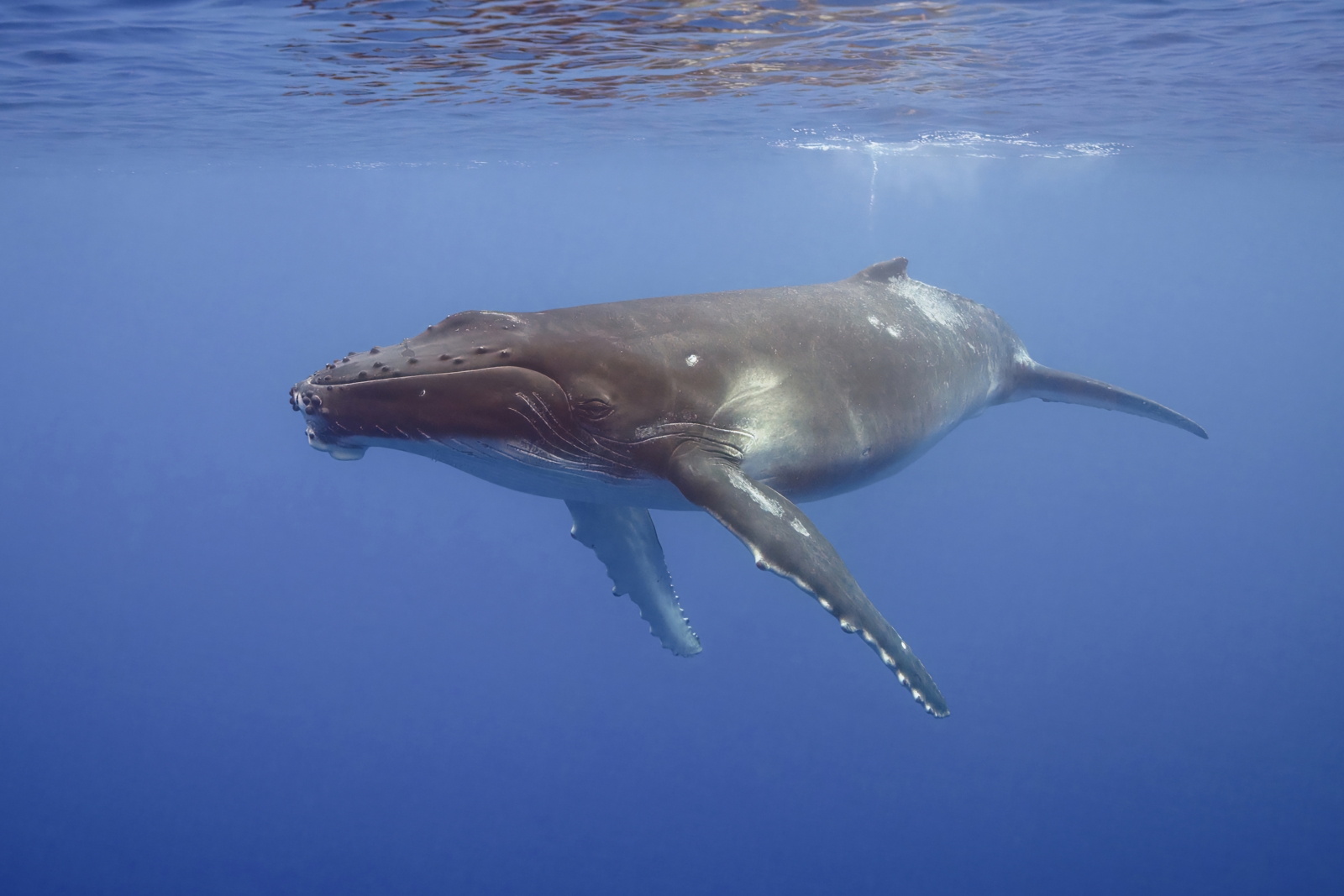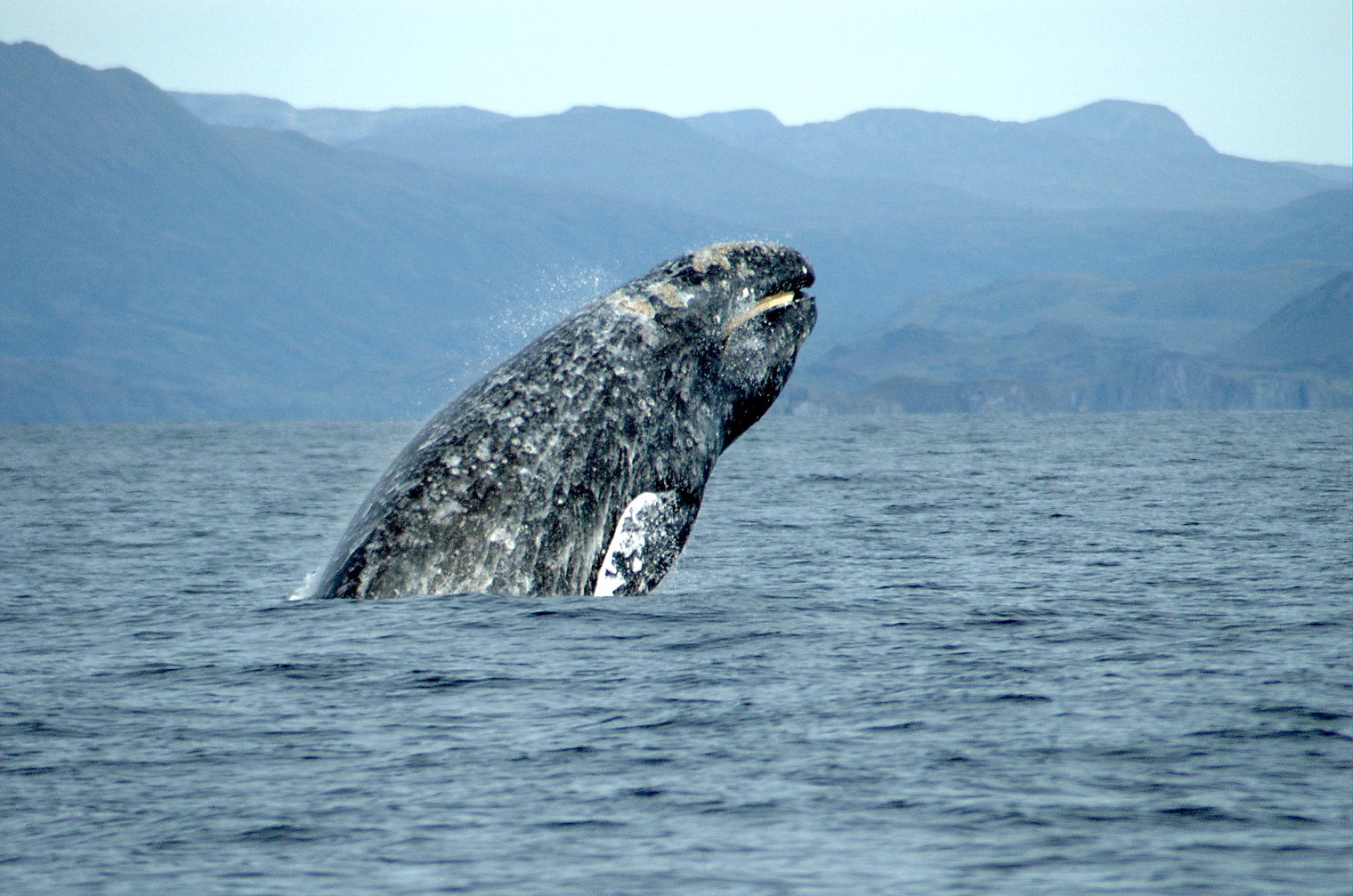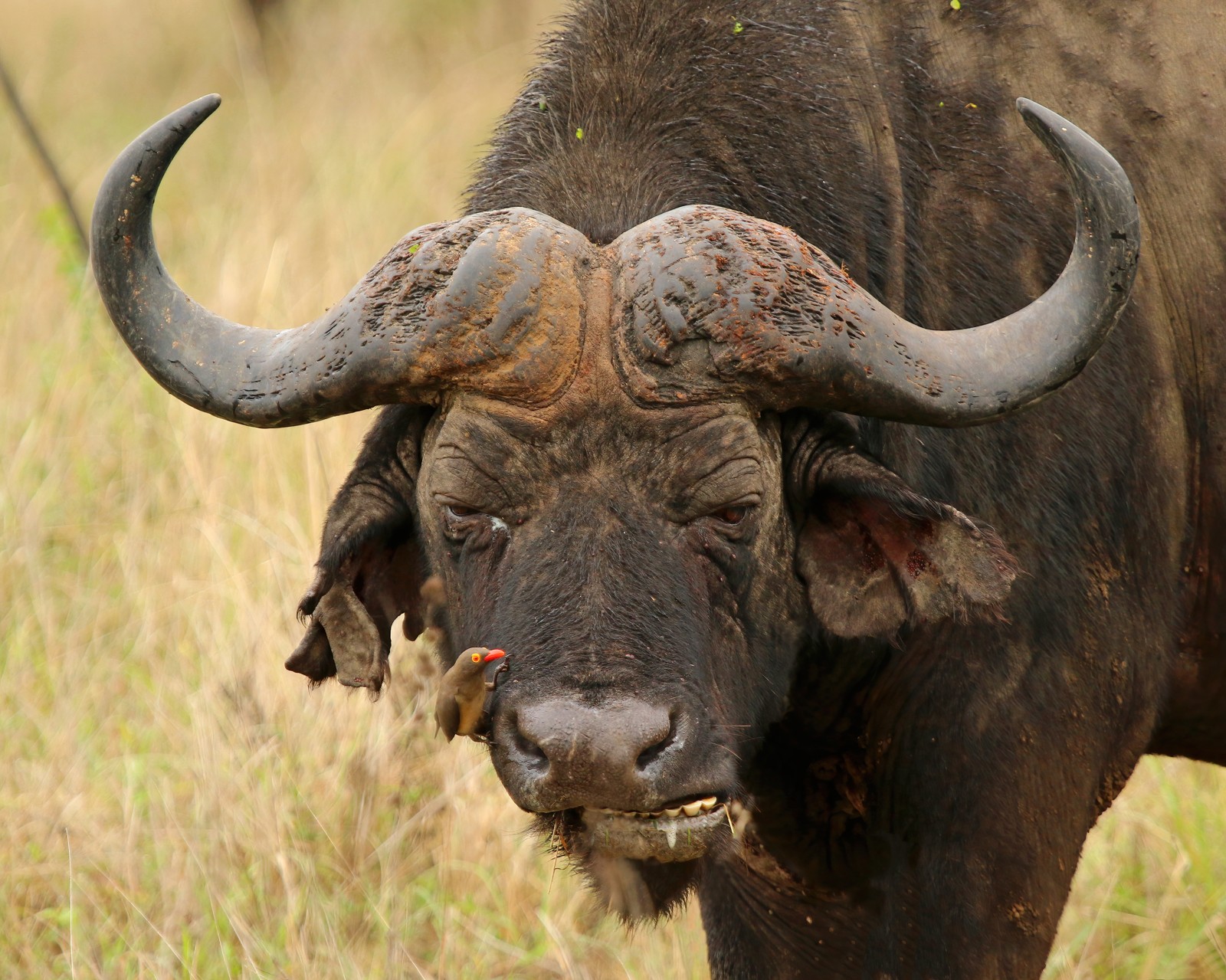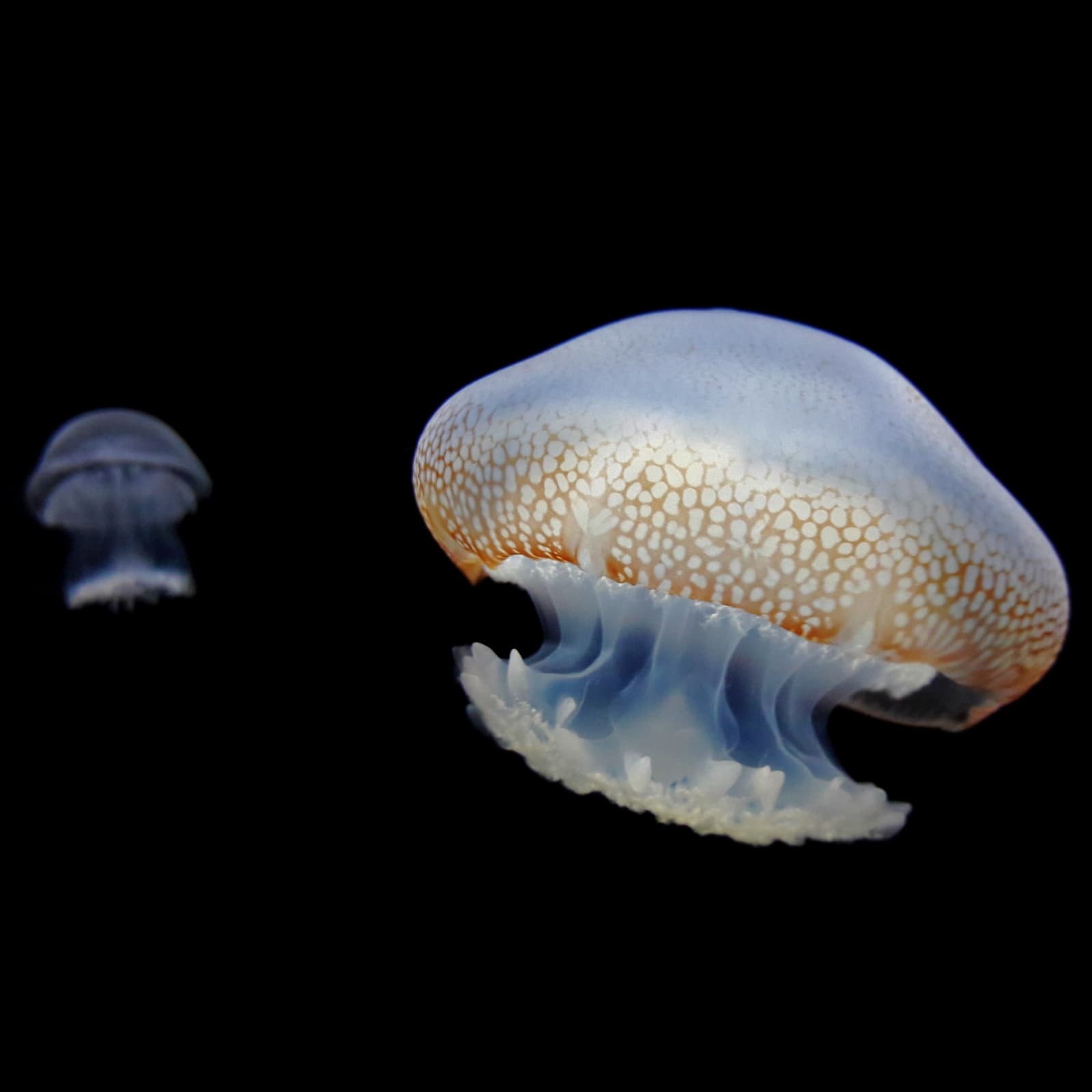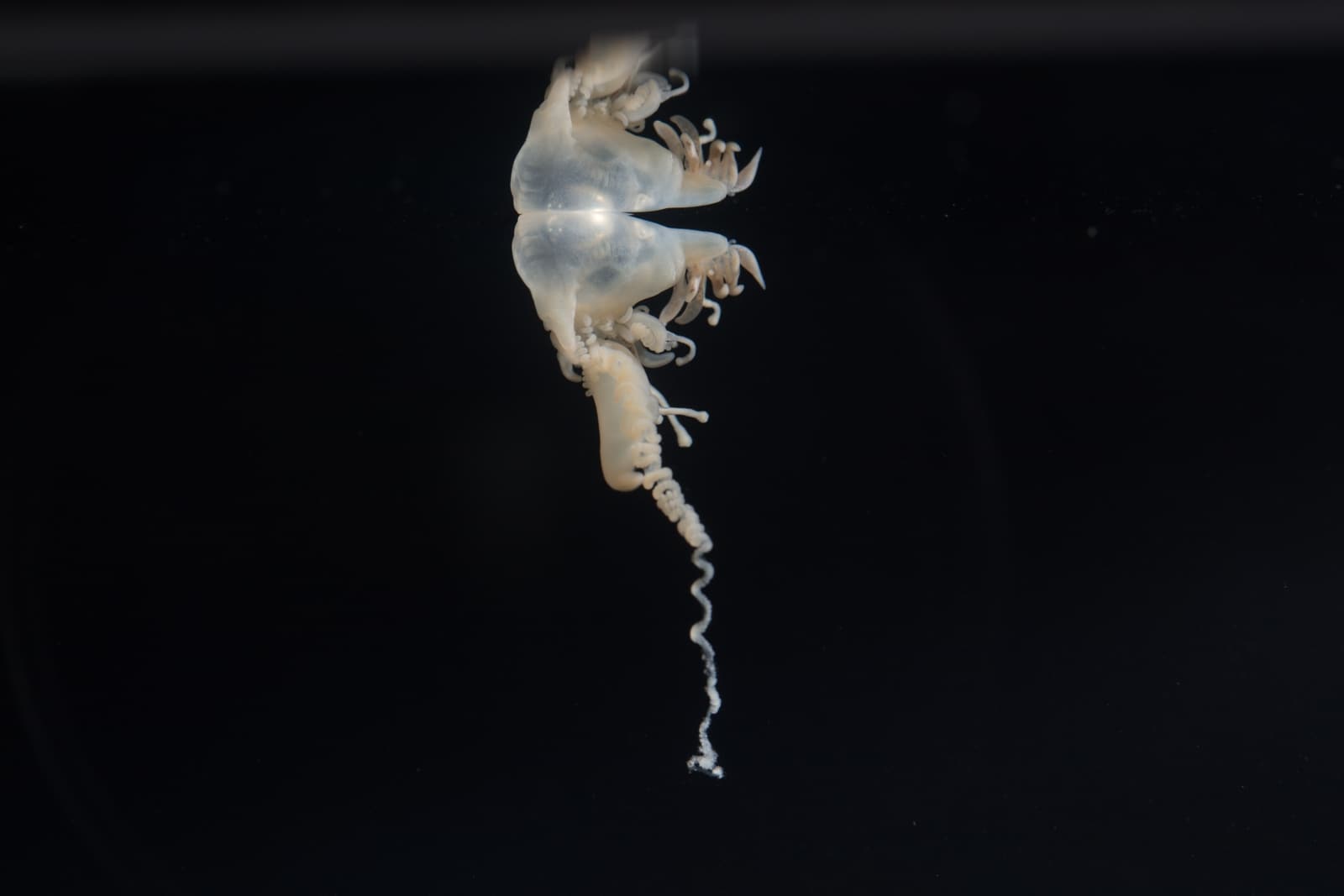Blue Whale vs Humpback Whale: A Complete Comparison
When comparing Blue Whales vs Humpback Whales, we’re examining two remarkable yet distinctly different marine mammals. The Blue Whale stands as Earth’s largest creature, reaching lengths of up to 100 feet (30.5 meters) and weighing up to 200 tons (181.4 metric tons). In contrast, the Humpback Whale, while still massive, measures a more modest 52 feet (15.8 meters) and weighs around 40 tons (36.3 metric tons).
These giants of the ocean differ not just in size but in their behavior and appearance. Blue Whales are streamlined and smooth-skinned, while Humpbacks are known for their distinctive bumpy heads and spectacular acrobatic displays. Let’s dive deep into what makes each species unique and how they compare across various aspects.
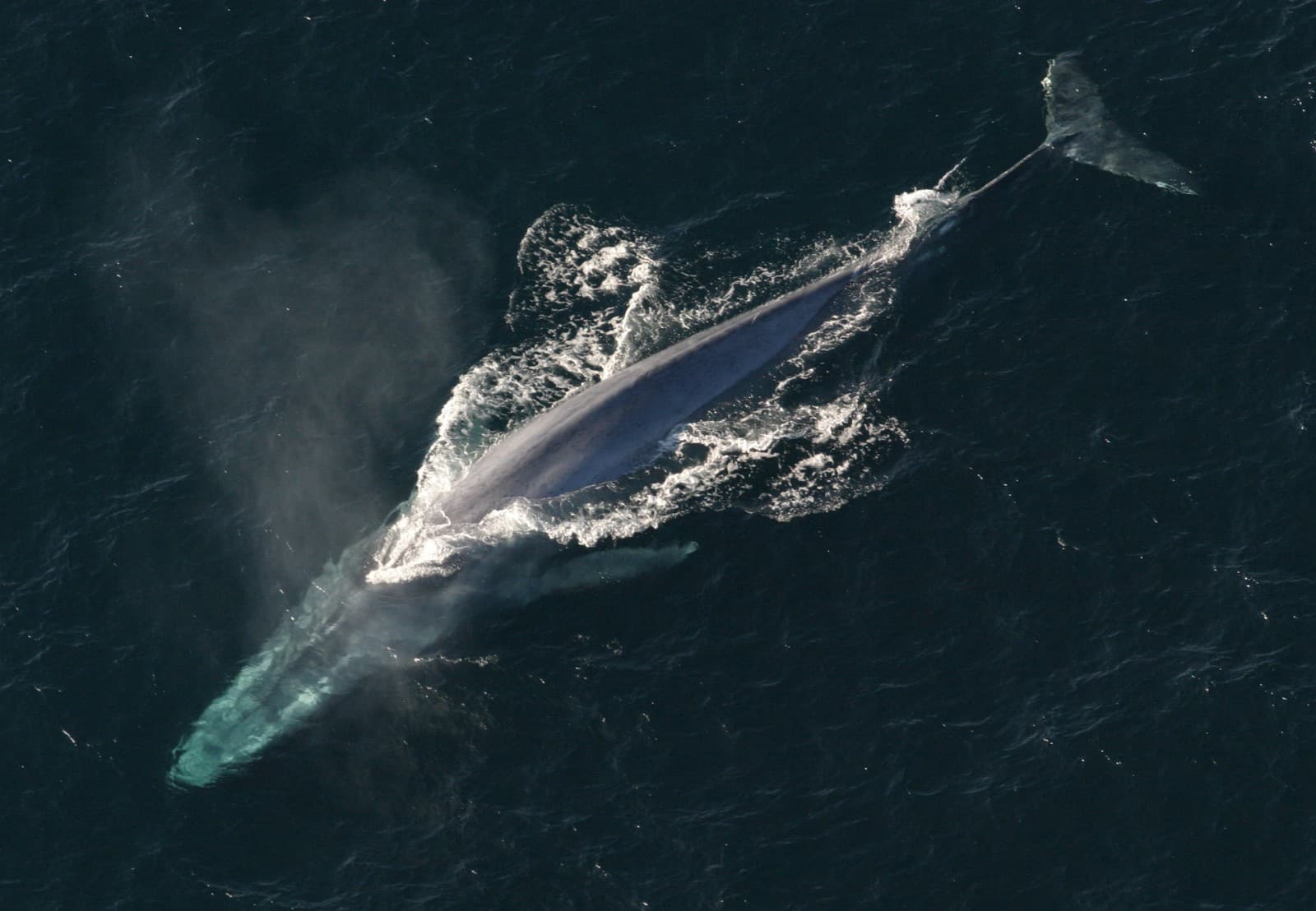
The Blue Whale’s streamlined form and enormous size make it instantly recognizable from above. Their characteristic blue-gray coloration and powerful flukes demonstrate why they’re considered the ocean’s most efficient long-distance travelers.
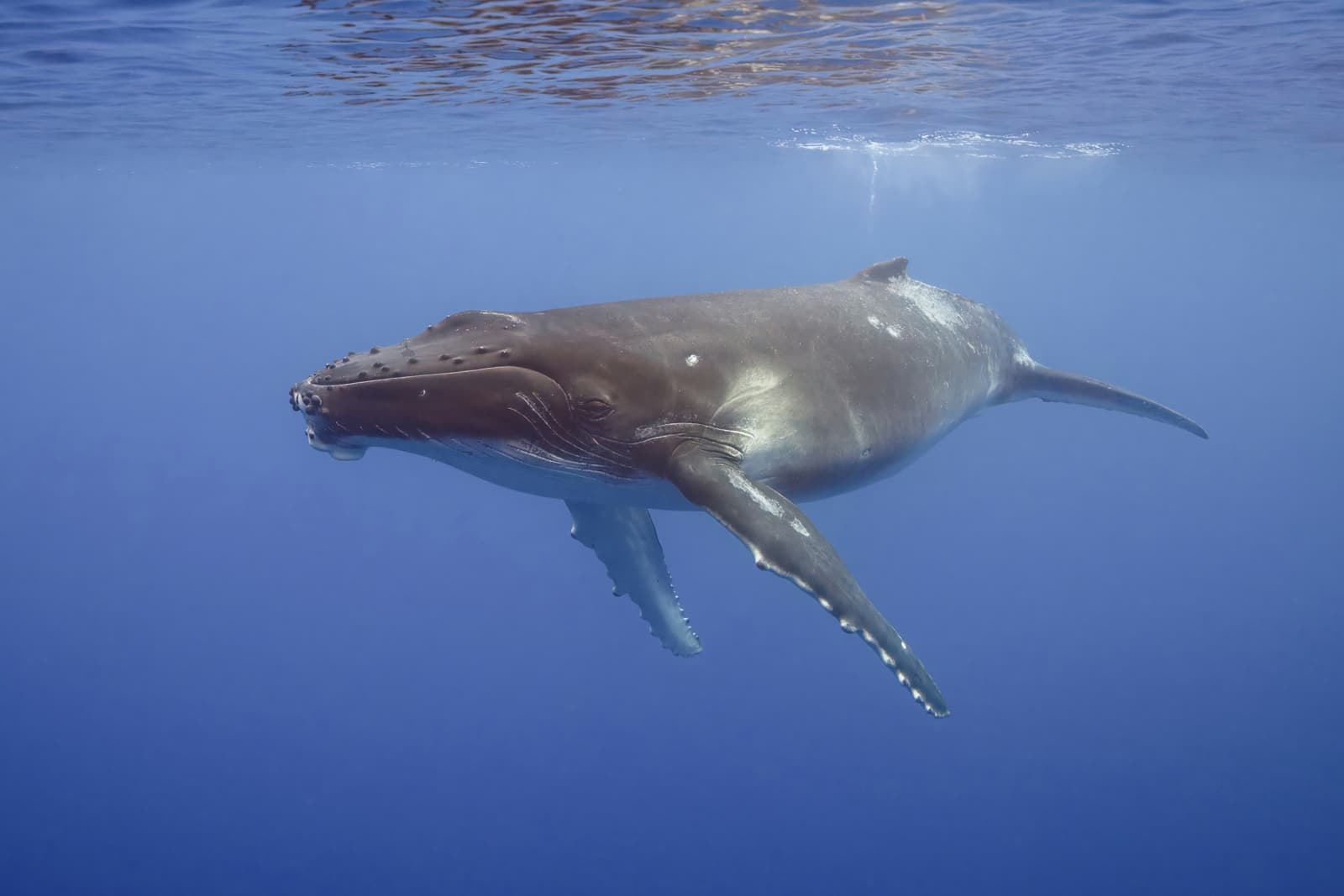
The Humpback Whale’s distinctive features, including its long pectoral fins and tubercles, are clearly visible in this underwater shot. These adaptations enable their famous acrobatic displays and complex feeding strategies.
Key Differences Between Blue Whales and Humpback Whales
| Feature | Blue Whale | Humpback Whale |
|---|---|---|
| Size | 80-100 feet (24-30.5m) | 48-52 feet (14.6-15.8m) |
| Weight | 200 tons (181.4 metric tons) | 40 tons (36.3 metric tons) |
| Color | Mottled blue-gray | Dark gray with white patches |
| Pectoral Fins | Relatively short | Long, wing-like (up to 16 feet) |
| Behavior | Solitary, deep dives | Social, acrobatic surface activity |
| Song | Low-frequency calls | Complex, melodic songs |
Behavior and Social Structure
Blue Whales typically lead solitary lives or travel in pairs, focusing their energy on efficient long-distance migration and feeding. They’re rarely seen engaging in surface activities, preferring to make deep, prolonged dives lasting 20-30 minutes.
Humpback Whales, conversely, are known as the acrobats of the ocean. They regularly breach, slap their pectoral fins, and perform tail lobs. Their social structure is more complex, forming temporary groups and demonstrating remarkable cooperative feeding behaviors.
Feeding Habits and Diet
Blue Whale Feeding
- Exclusively feed on krill
- Can consume up to 6 tons of krill daily
- Use massive baleen plates to filter feed
- Feeding dives last 10-20 minutes
Humpback Whale Feeding
- Feed on krill and small fish
- Use bubble-net feeding technique
- Consume 2,000-3,000 pounds daily
- More varied feeding strategies
Habitat and Migration
Both species are found in all major oceans, but their migration patterns and preferred habitats differ significantly. Blue Whales follow the abundance of krill, while Humpbacks have more predictable annual migrations between feeding and breeding grounds.
Conservation Status and Threats
Both species faced severe population decline due to commercial whaling, but their recovery stories differ:
- Blue Whales: Still endangered, with 10,000-25,000 individuals remaining
- Humpback Whales: Most populations have recovered, with 80,000+ individuals globally
Who Would Win in a Physical Encounter?
While such encounters are extremely rare in nature, the Blue Whale’s superior size and mass would make it the dominant force in any physical interaction. However, both species are typically peaceful and avoid confrontation, focusing instead on their distinct ecological roles.
The comparison between Blue Whales and Humpback Whales reveals two successful yet contrasting approaches to marine mammal life. While the Blue Whale represents the pinnacle of marine gigantism and efficient long-distance travel, the Humpback Whale showcases remarkable behavioral adaptability and social complexity. Each species has evolved unique strategies that have enabled their survival for millions of years in Earth’s oceans.
